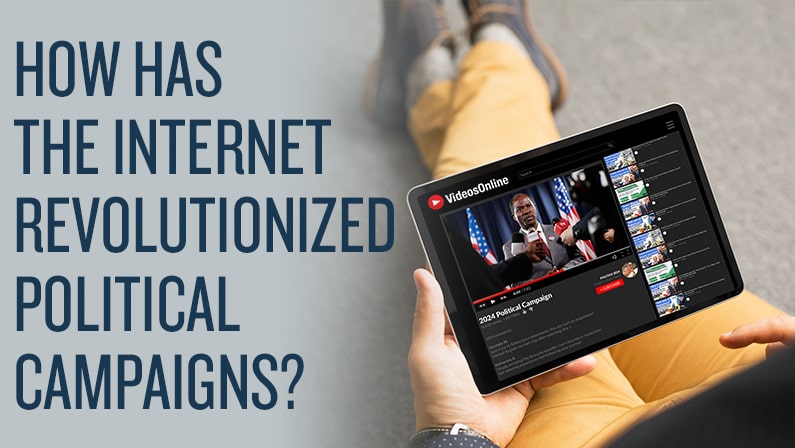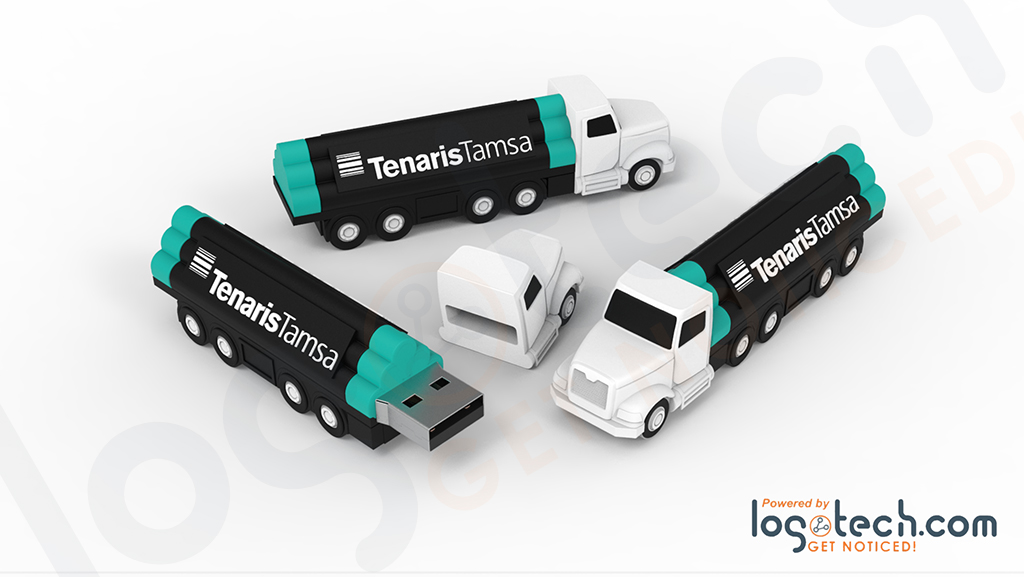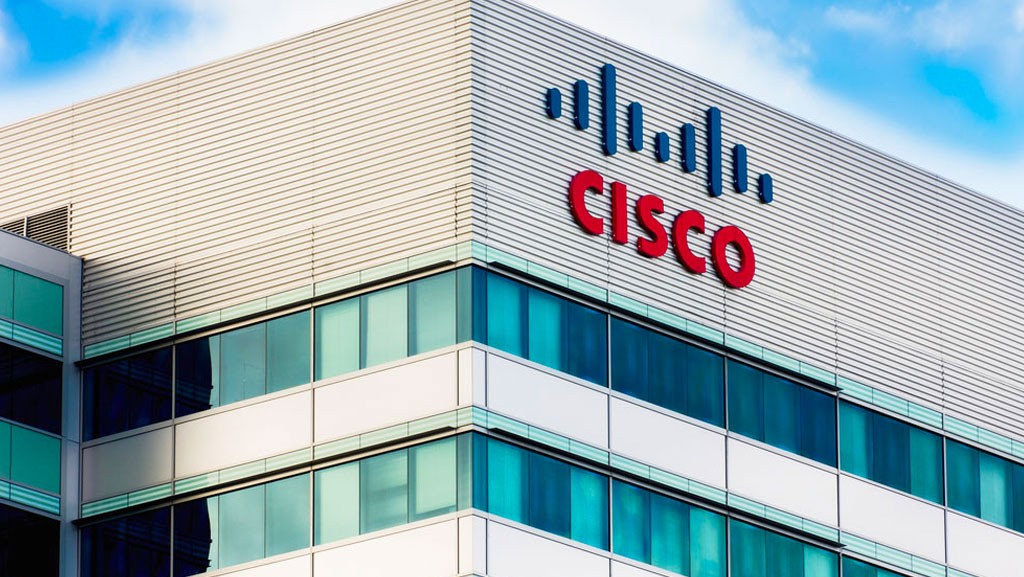
Story of a Brand: Cisco
Cisco doesn't make the news as often as other tech giants like Google or Apple. Yet, it plays a very important role in our Internet-dominated world, albeit not always an apparent one. With total revenue of $47.25 billion and Number 10 on the Forbes list of the most influential brands, the Cisco brand got to where it is thanks to a history of reliance on flexibility and innovation. Let's go back to the 1980s and look at Cisco's early days.
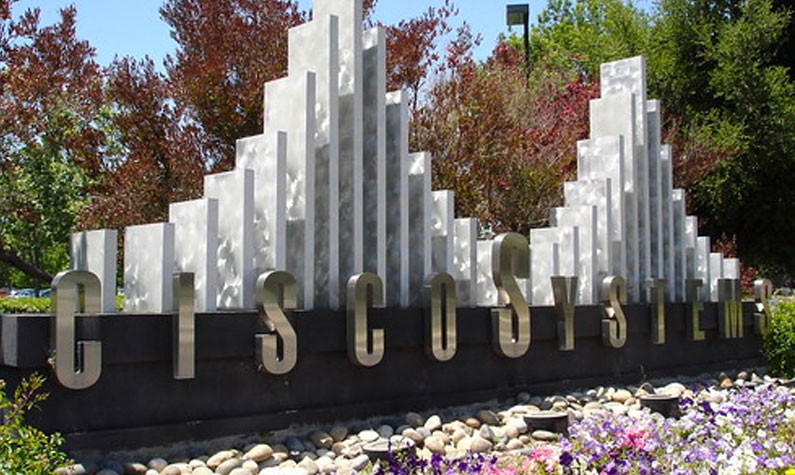
If you are going to San FranCisco
It all began in 1984 with married couple Leonard Bosack and Sandy Lerner. As computer scientists at Stanford University, they replicated a multi-protocol router software previously developed by a colleague of theirs. They used it to connect two different campus area networks and would launch their first product two years later. That same year they were forced to quit their jobs and faced legal charges because of the stolen code.
Initially, the couple tried to sell their invention to partners. Still, no one was interested, and they continued with their scarce finances. They called their company Cisco, after their favorite city of San Francisco, and initially spelled the name with a lowercase c. They began advertising their products to scientific institutions, the airspace department, and other places using the modern Internet's predecessors. In 1988, thanks to developing routers that could work with many protocols simultaneously, Cisco started working with major corporations. Previously, these corporations worked with other networks that were not as versatile. Thus, Cisco became a milestone for the Internet boom of the 1990s.
The Internet Era
While Cisco was making good sales, profits were still not enough to keep business going, so the company turned to outside help and went public in 1990. Due to several events, the two founders soon lost their jobs, and Cisco continued without them.
The business was prolific because many companies set LAN networks in place and used Cisco's services to do so. Both sales and net income almost doubled in just one year, from 1991 to 1992. In '92, Cisco was the country's second most rapidly growing company, according to Fortune magazine. That same decade saw a record number of acquisitions and almost unprecedented growth. By the turn of the century, it seemed that Cisco not only dominated every existing Internet area but was constantly on the lookout for new ones. Thus, in the early 2000s, Cisco was among the three most prominent American companies, led only by Microsoft and General Motors.
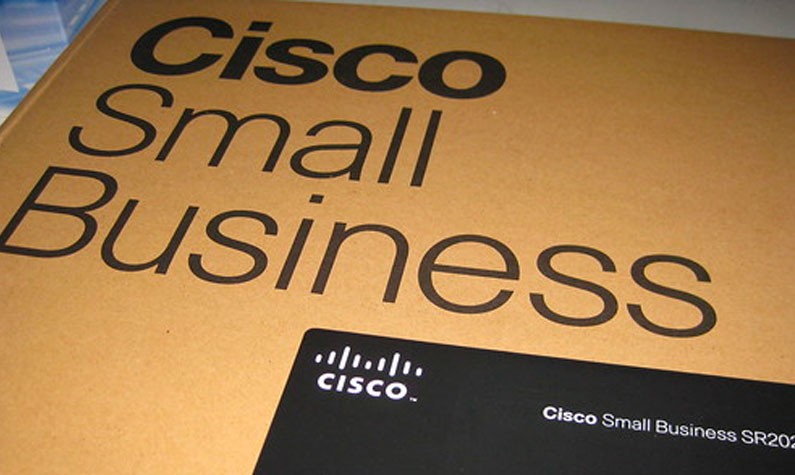
The Change
Many of the numerous acquisitions Cisco made were to position the brand as a household name. Yet the Internet bubble burst, and the subsequent financial crisis led to tough economic times for the tech giant. In 2011, the company undertook the most prominent job cuts in its history, laying off 12,000+ employees or 16.5% of its workforce. Cisco once again focused on its core products of switches and routers and managed to get back on its feet.
Today, Cisco is stable again and is working on newer and better means of communication and data transfer. Since 2013, the company has divested itself away from the consumer market and has instead focused on providing cloud-based technologies to businesses. Finally, the company invests heavily in education, and its training and certification courses have become a standard worldwide. People with no previous communication experience can often land a job in the field thanks to their Cisco certificate.
The Logo
Cisco underwent a few logo changes since the '80s, but the concept behind them has always been essentially the same. It depicts the Golden Gate Bridge in San Francisco, also known as the Gate, to be specific. There was a double symbolism to this. First, it meant that the company remained open to expansion. Second, the bridge symbolized their network, essentially Cisco's core service.
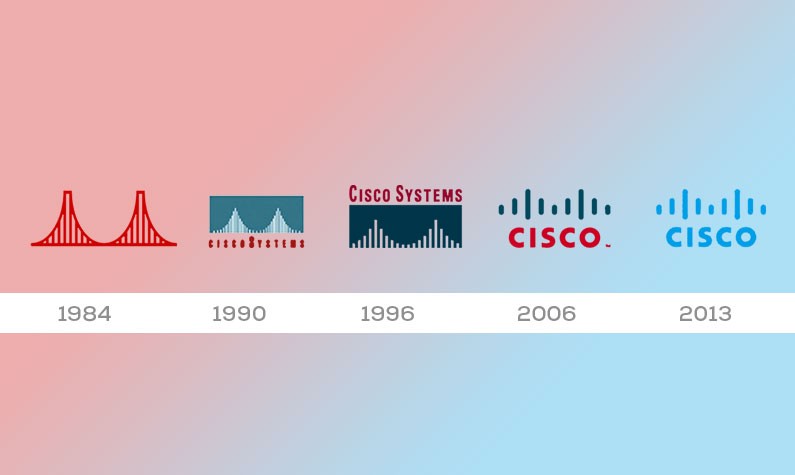
What is the story of your brand? How do you help customers connect your brand with your logo? We suggest using 100% custom products to get your brand noticed. Our products make great gifts and will get people excited about working with you.






